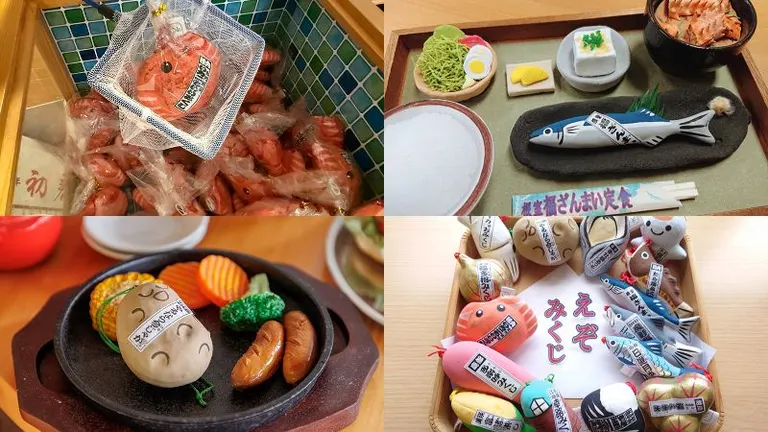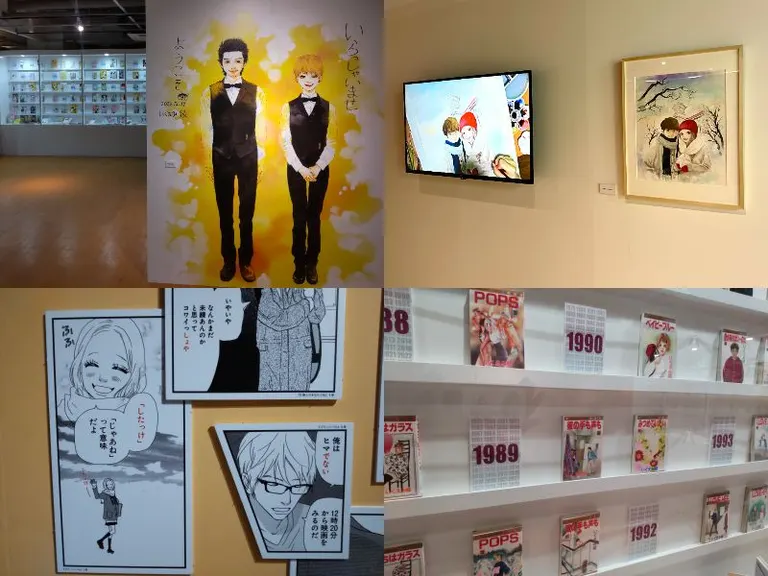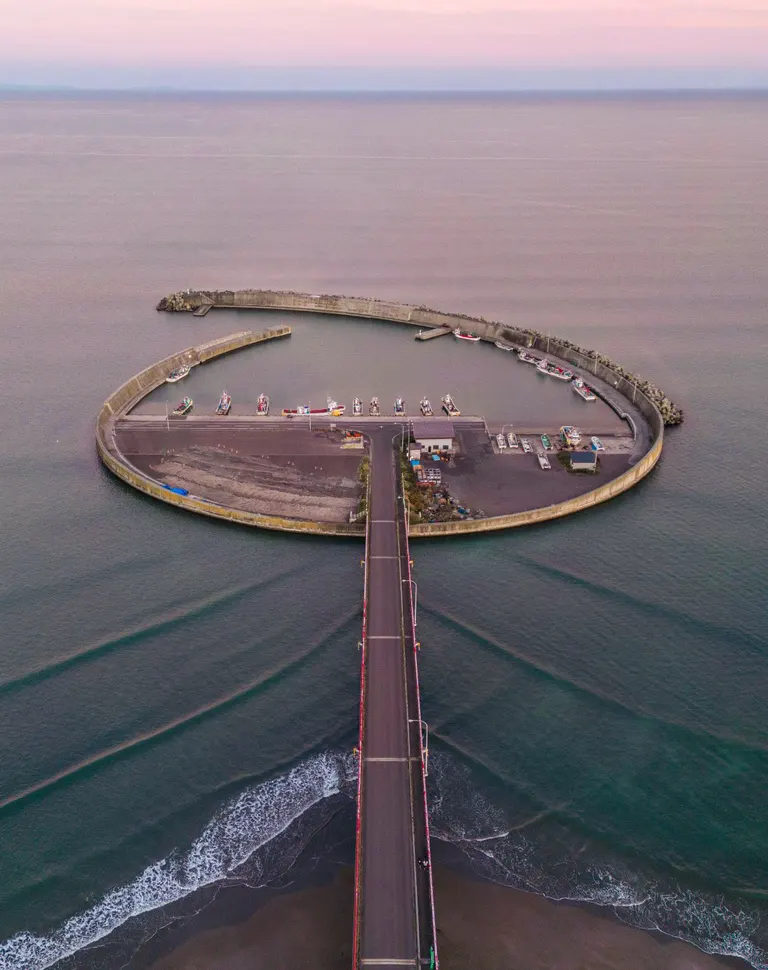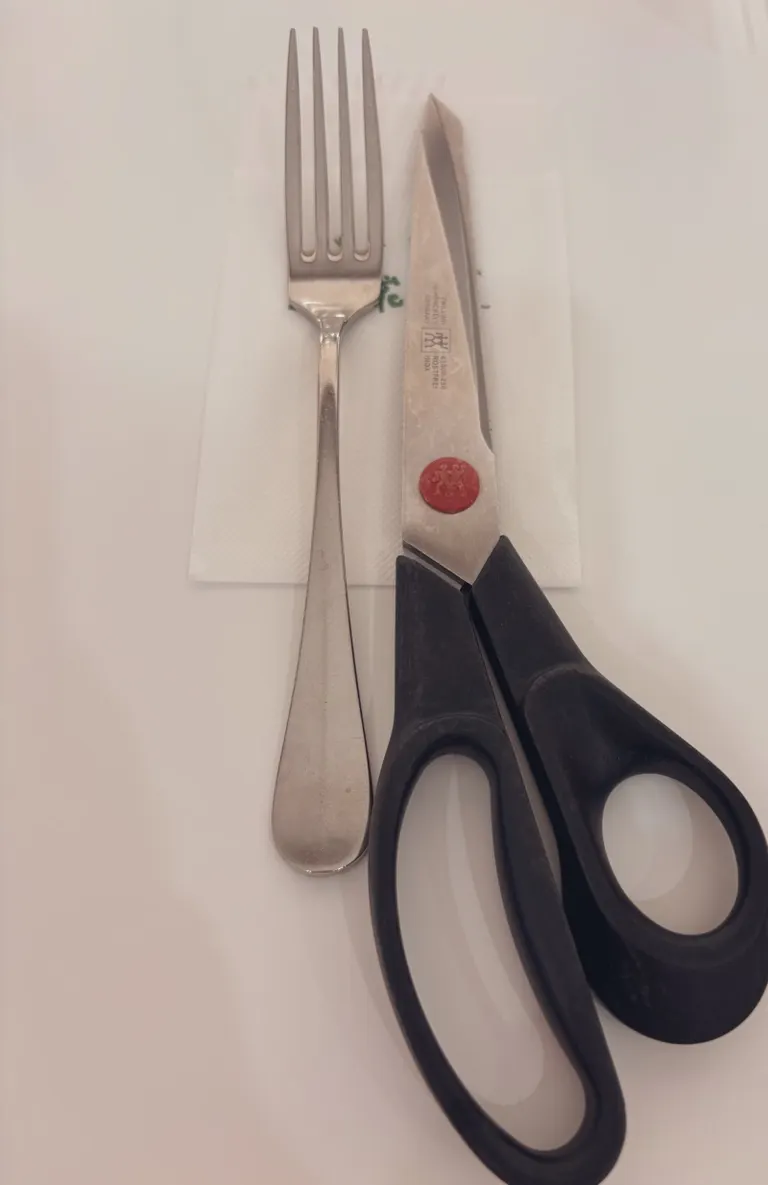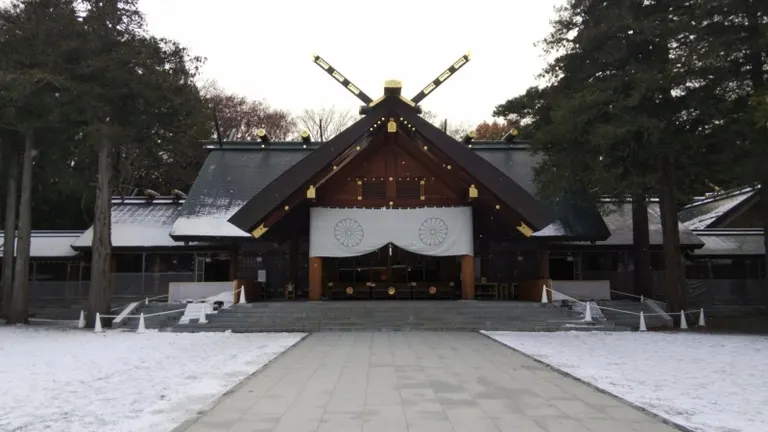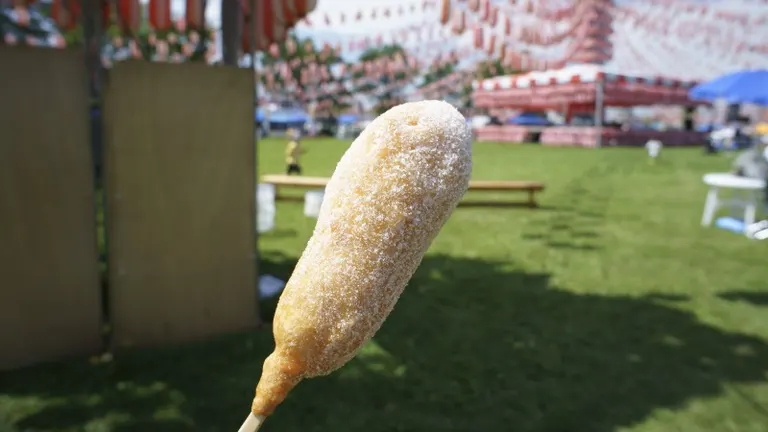
ARTICLES
Guarana, ramen salad, French hot dogs: 8 unique local foods from Hokkaido
1. Eat ramen salad like you would cold Chinese noodles

"Ramen salad" is a popular local food in Hokkaido's izakayas and karaoke bars. What makes it different from chilled ramen is that the toppings are salad ingredients such as cabbage and steamed chicken. It is common to eat it with a soy sauce-based sauce like chilled ramen, or a sesame dressing-based sauce.
In Hokkaido, where ramen lovers are numerous, it is a common dish served at home, similar to okonomiyaki in the Kansai region. Ramen salad and rice... a carbohydrate dish combination is also a common sight in Hokkaido homes.
2. Guarana, the pioneer of energy drinks
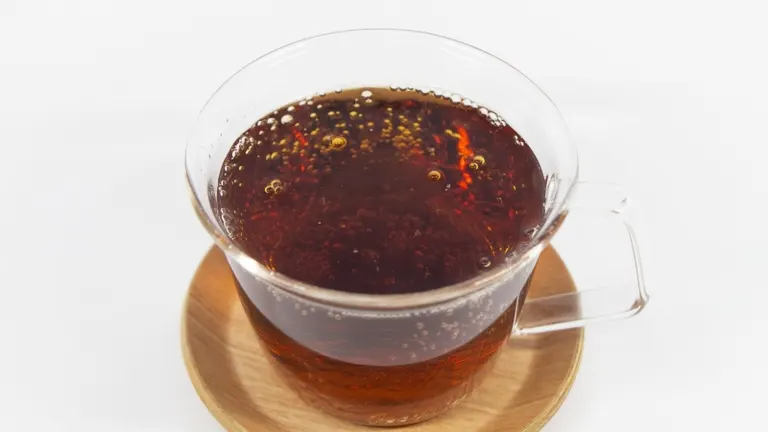
It looks like cola, but it's not cola. "Guarana" is loved by the people of Hokkaido. It was originally introduced to the market as a drink to compete with cola, which was becoming popular in Japan. When the cola boom was happening in Hokkaido, there was also a guarana boom, so it seems to have spread before cola. In Brazil, where guarana originated, it was once consumed as a nutritional drink, similar to what we call energy drinks today. Even now, many people drink guarana when they are a little tired or want to refresh themselves.
3. The sweet and salty taste is addictive! Eastern Hokkaido's French Hot Dog

You can find American dogs at festivals and convenience stores. Although they are called American, it is a Japanese-English word that is not understood in America. The crispy, slightly sweet batter and sausage go perfectly together, but in many areas they are eaten with ketchup or mustard. However, in eastern Hokkaido, French dogs are the norm, not American dogs. Of course, they are also available in ketchup and mustard flavor, but their main feature is that they are sugar flavored.
The reason for this is that Eastern Hokkaido is an area where beets, the raw material for sugar, are harvested. It is said that it became popular because sugar was easily available. Furthermore, because fish is also caught in abundance, the sausage inside is also made from fish. It is a luxurious hot snack that will have people from Eastern Hokkaido nodding in approval.
4. There are two types of red rice in Hokkaido
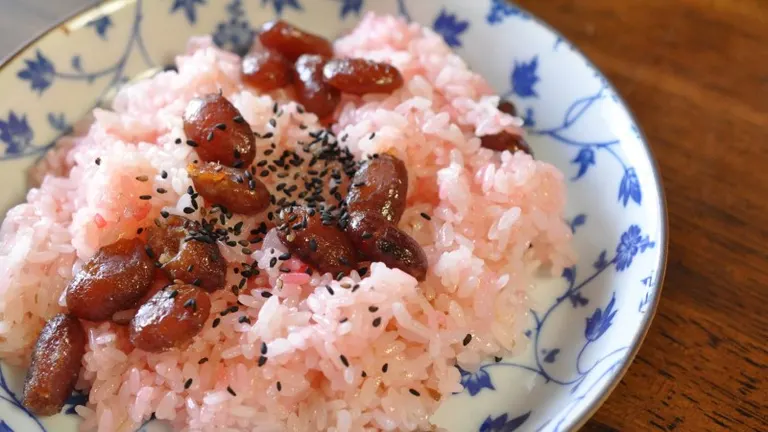
When it comes to red rice, people in Hokkaido are divided into two camps: azuki bean and amanatto, but in Hokkaido, both coexist. Compared to the typical red bean red rice, amanatto red rice is a gorgeous pink color and resembles a sweet snack. Sprinkling sesame salt on top really brings out the flavor, giving it a different appeal from red bean red rice.
This sweet red bean rice was created using what would now be called a time-saving recipe. Moreover, the sweetness of sweet amanatto may have captured the hearts of Hokkaido residents. It is so popular that now convenience stores sell two versions of the same product side by side.
5. I love surimi too much
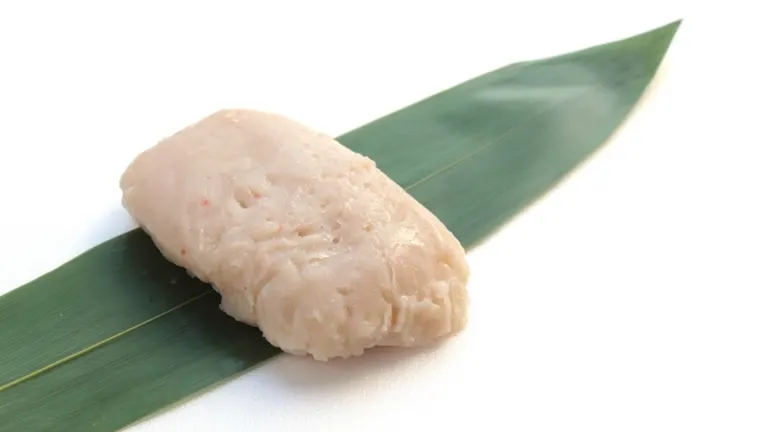
Hokkaido's abundance of seafood is not limited to delicacies. In Hokkaido, there is an abundance of mild white fish such as cod, so there is a wide variety of fish paste products such as kamaboko. The fish paste that is the raw material for these products is often sold raw, rather than steamed.
Because it is a white fish, it is sometimes sold mixed with ingredients such as hijiki seaweed, shrimp, crab, etc. It is a versatile soul food that can be used in miso soup or to make fried kamaboko, with its irresistible fish broth.
6. Hokkaido's Ozoni: The taste is so different at home
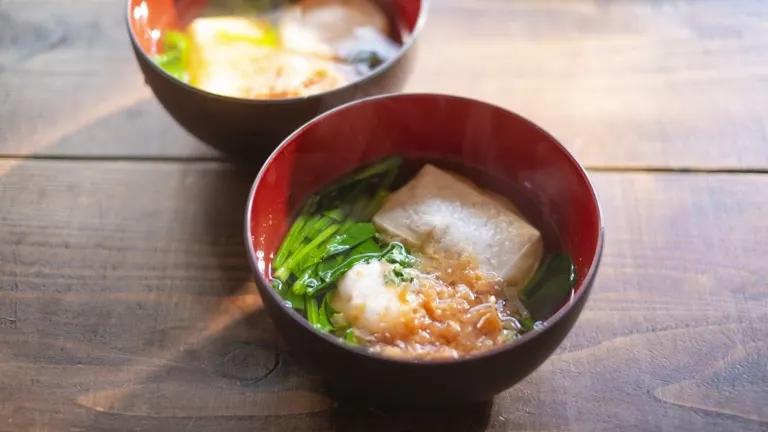
Hokkaido has many people who have moved there from various regions, so there is no standard "Ozoni from a certain prefecture is like this" like in Honshu. In my case, when I asked about my roots, I found out that my father's side is from Tohoku and my mother's side is from Shikoku. So, when I went to my grandparents' house, I looked forward to Ozoni. Depending on the household, it can be miso-based or white dashi-based.
When I go to a friend's house in the winter, I sometimes come across a type of ozōni that I've never seen before, and it's often so different that I don't realize it's the same dish.
7. The water used to make cup yakisoba turns into soup.
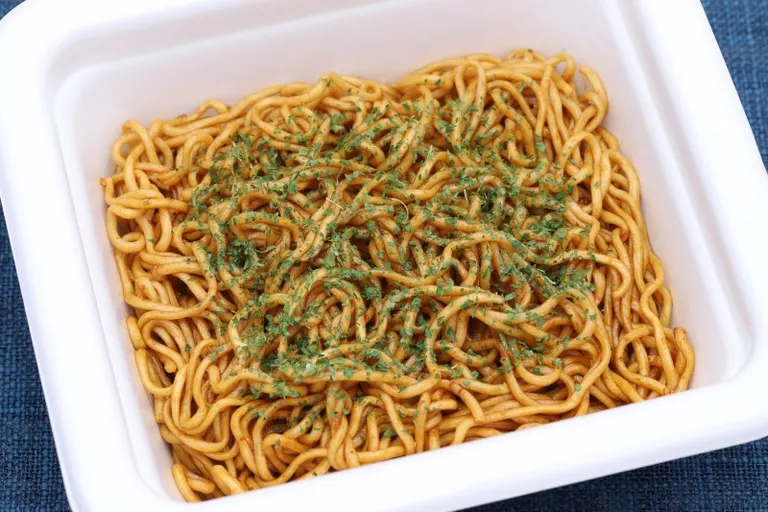
Cup yakisoba is easy to eat. Toyo Suisan's "Yakisoba Bento" is famous in Hokkaido. The unique feature of the Yakisoba Bento is that when draining the water, you use the hot water to make the Chinese soup that comes with it. The fact that you get not only the yakisoba but also the soup makes it a little more affordable, and it is loved by Hokkaido residents.
Hokkaido residents believe that "water used to drain the water = water for the soup," so they feel a little guilty about just throwing the water away...There are many other types of cup yakisoba, but many people still say, "Yakiben is the best!"
8. There's too much variety in fish delicacies
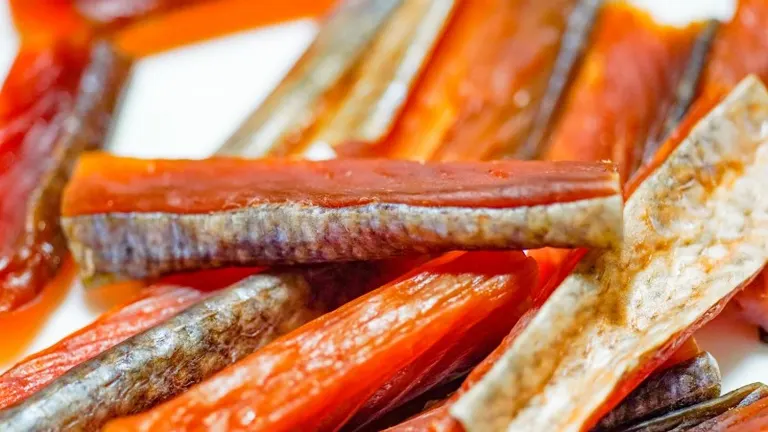
Speaking of snacks to go with alcohol, there are delicacies. Hokkaido has a wide variety of seafood delicacies. There are many fish delicacies alone, such as cod, kankai (komai), salmon, atka mackerel, and flounder, which were once eaten as children's snacks. They are delicious when dipped in mayonnaise with a little chili pepper or soy sauce!
Especially in winter, when relatives gather, adults often help peel it for them, and children often struggle with the tough delicacy together. It's a common snack and appetizer, but is it only in Hokkaido that there are so many varieties? It's also unique in that it's made by simply drying fish and only has a salty flavor.
Hokkaido food is full of wisdom and ingenuity!
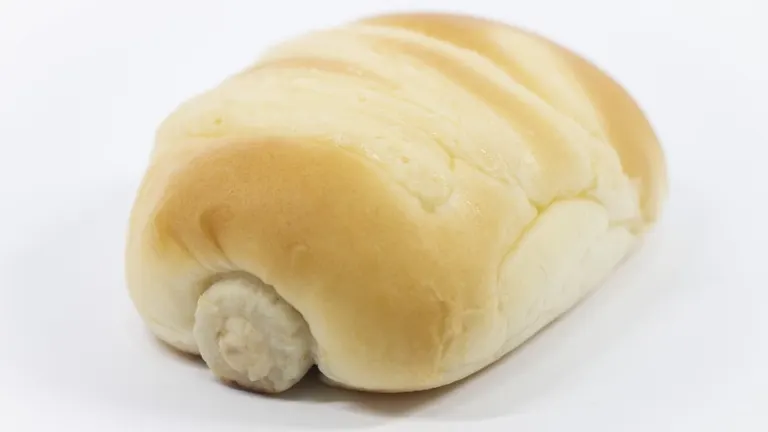
Hokkaido cuisine is full of the wisdom of the people of the past, and there are many hybrids that add Hokkaido flavors to the flavors of the hometown. All of the gourmet foods introduced this time are familiar to the people of Hokkaido. When you're tired, you'll want to gulp down some guarana and get through the day full of energy.
Writer Profile
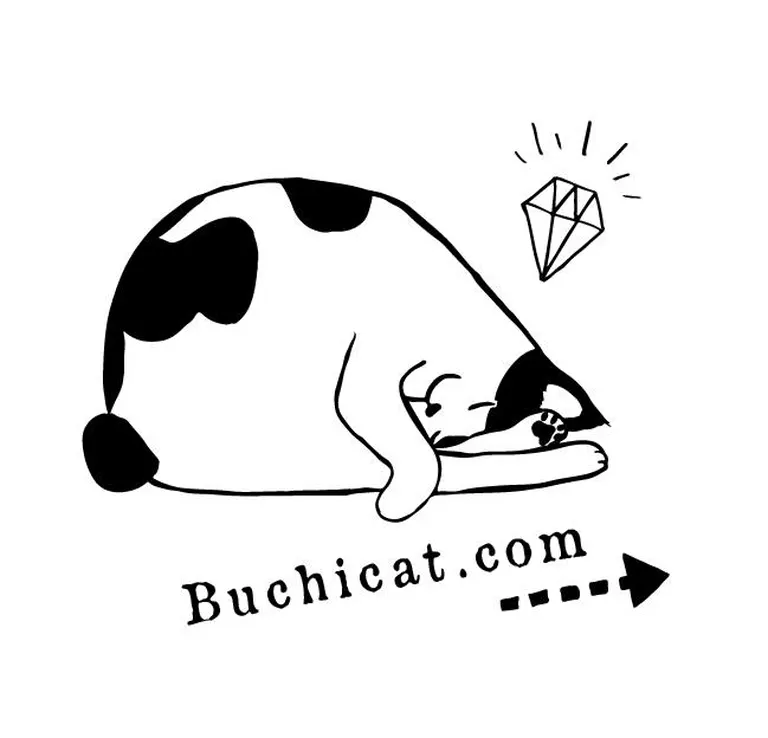 Hokkaido Tourism Camera Writer
Team Buchineko
Hokkaido Tourism Camera Writer
Team Buchineko
Team Buchi Neko has many connections to Hokkaido's tourist spots and facilities. There are many wonderful resources in Hokkaido that we take for granted when we live there. We will spread the charm of such a wonderful Hokkaido.







